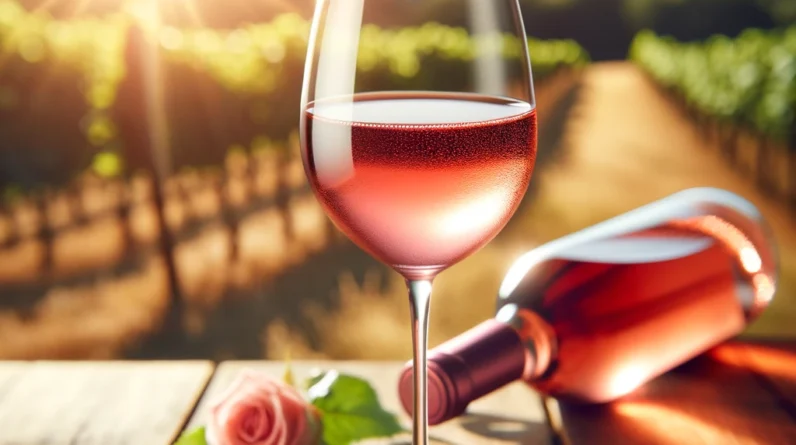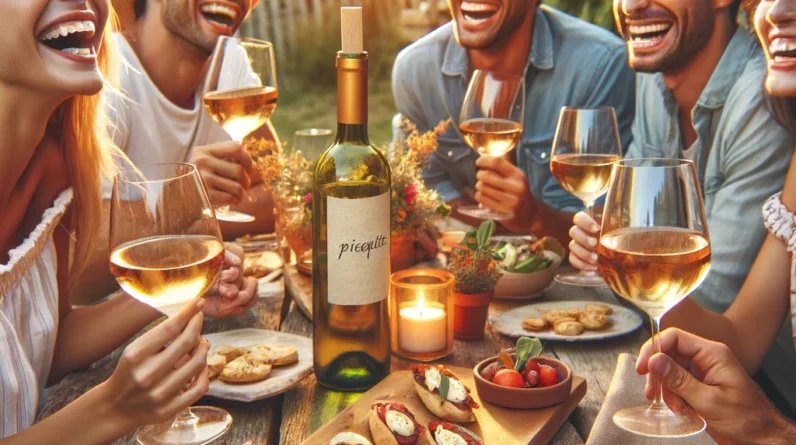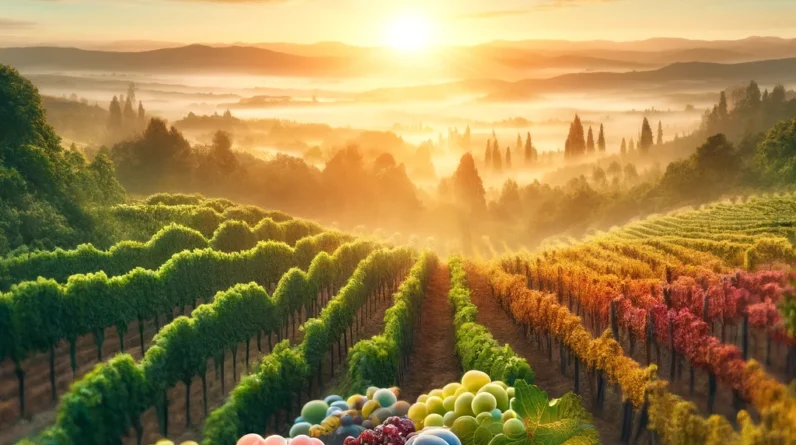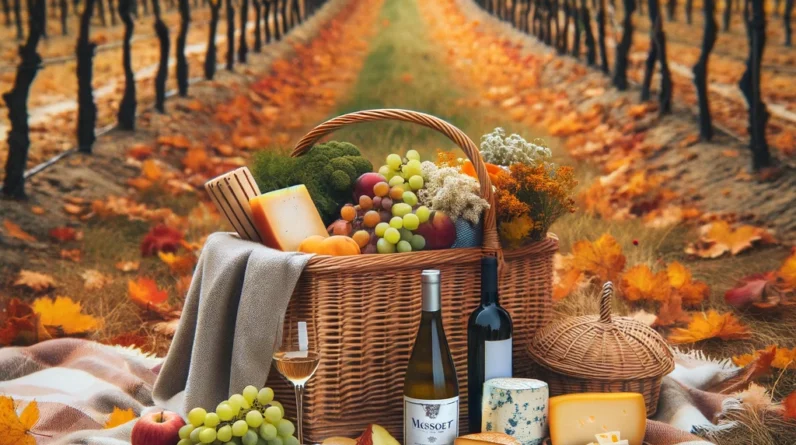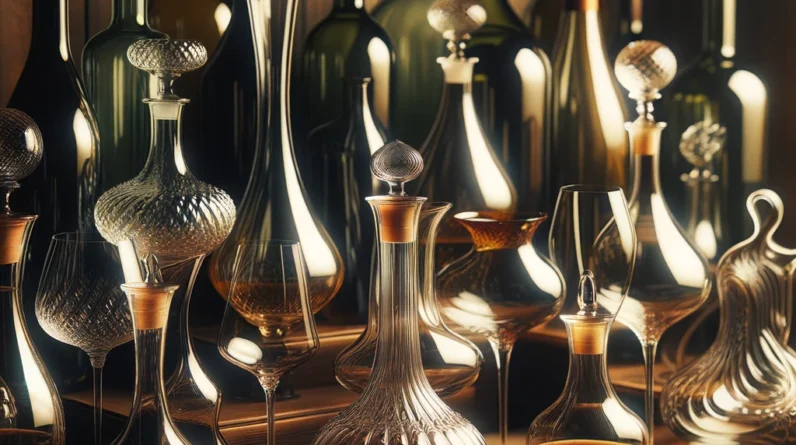
Understanding the Rosé Hue: From Grapes to Glass
The fascinating journey of red grapes evolving into pink wine
Ever wondered about the magic behind that delicate shade of pink in your wine glass?
It’s the beautiful result of red grapes dancing a short waltz with wine juice.
What is a rosé wine?
Let’s discover the alluring world of rosé wine!
The short and sweet romance between grape skins and wine juice
Unlike its red counterpart that bathes in grape skins for weeks, a rosé’s blush comes from a brief flirtation.
The longer they mingle, the deeper the hue.
Diversity in rosé: How any red wine grape can be transformed
Almost any red wine grape can wear pink.
From Cabernet Sauvignon to Syrah, each has a unique rosé persona waiting to be unveiled. It’s like a wardrobe change for grapes!
Flavor profiles to anticipate: From red fruits to refreshing green undertones
When sipping rosé, expect a symphony of flavors.
Think red fruits, flowers, zesty citrus, and melon.
And that crispy green note at the end? It’s a refreshing encore!
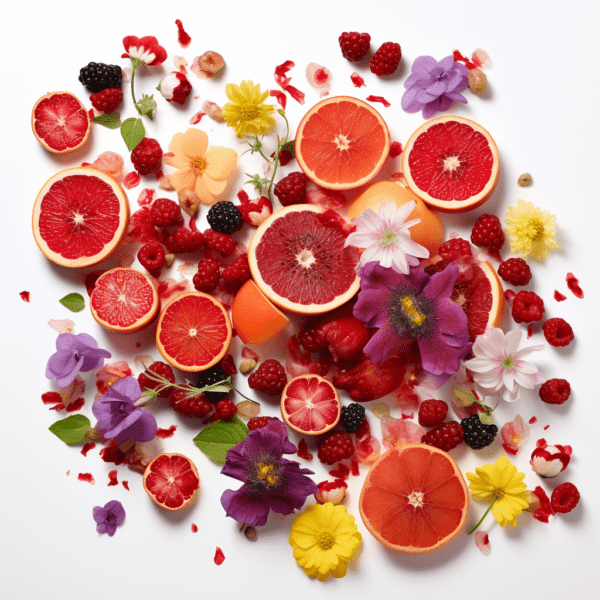
Delve into the Rosé Creation Process
Maceration Magic: The secret behind the darker, richer rosé
Maceration is not just a technique; it’s an art.
At its core, this method involves crushing the grapes and letting them indulge in a momentary romance with their own skins.
The longer they stay intertwined, the deeper the color and flavor they impart to the wine.
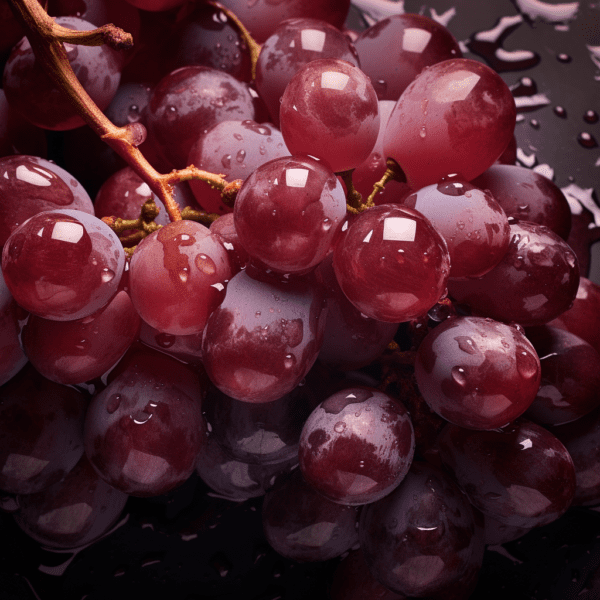
Though the liaison is short-lived, the impact on the rosé is profound.
This maceration stage, even if it lasts just a few hours, is the difference between a pale blush and a vivid pink, between a light, airy sip and a fuller-bodied experience.
When you find a rosé with a richer hue, resembling the color of a setting sun, there’s a good chance it’s the result of the maceration magic.
Such wines tend to have a robust personality, bearing the mark of the grape skins’ brief yet passionate encounter with the wine juice.
In regions like Provence and Languedoc-Roussillon in France, where rosé is revered just as much as its red or white siblings, the maceration method reigns supreme.
It’s the primary reason why many rosés from these regions showcase a remarkable depth in both color and taste.
So, the next time you pour yourself a glass of rosé and are struck by its deep shade, remember the art of maceration.
It’s a testament to the dance of grapes, time, and winemaker’s intent, all harmonizing to produce that luscious glass of wine in your hand.
Cheers to the beauty of maceration!
Saignée Technique: Not just for rosé, but for intensifying reds
Enter the world of saignée, a method that’s as intriguing as it sounds.
Derived from the French word for “bleed,” saignée is all about duality.
While its primary objective is to produce that delicate pink wine we adore, it also plays a significant role in the crafting of robust red wines.
Let’s dive deeper into this unique winemaking strategy.
Imagine a vat filled with freshly crushed red grapes, embarking on their fermentation journey.
As they mingle, the winemaker, in a strategic move, decides to “bleed off” a portion of the juice.
This drained juice, filled with potential and essence, is then destined to become rosé.
The act of bleeding ensures that the rosé gets just a hint of the red’s character – enough to provide it with a delightful hue and nuanced flavors.
But what happens to the remaining juice in the original vat?
By reducing its volume through the saignée method, the juice that remains becomes more concentrated, making the eventual red wine more intense and flavorful.
It’s a brilliant two-for-one method, yielding both a lovely rosé and a more potent red wine from the same batch.
Regions known for their exquisite red wines, like Napa and Sonoma, often employ the saignée technique.
These rosés are like the hidden gems of the wine world – rarer but ever so enchanting when you do encounter one.
So, as you sip a rosé borne of the saignée method, take a moment to appreciate the duality at play.
You’re not just enjoying a wine; you’re savoring the results of a calculated dance that serves dual purposes in the world of winemaking.
And isn’t that just splendid?
Cheers to the multifaceted wonders of saignée!
Direct Press: The Subtle Elegance of Rosé
The Direct Press method is like the gentle whisper amidst the cacophony of rosé winemaking techniques.
Here, once the grapes are pressed, the juice is immediately separated from the skins, leaving no time for prolonged interaction.
The result?
A rosé that radiates with a very light pink hue, almost ethereal in its appearance.
This delicate shade is a precursor to the wine’s profile: bright, crisp, and vivacious flavors that tantalize your taste buds.
When you’re seeking a rosé that epitomizes elegance and freshness, Direct Press is your answer.
Its unadulterated essence makes every sip a refreshing embrace, perfect for those moments when you yearn for simplicity and purity in your glass.
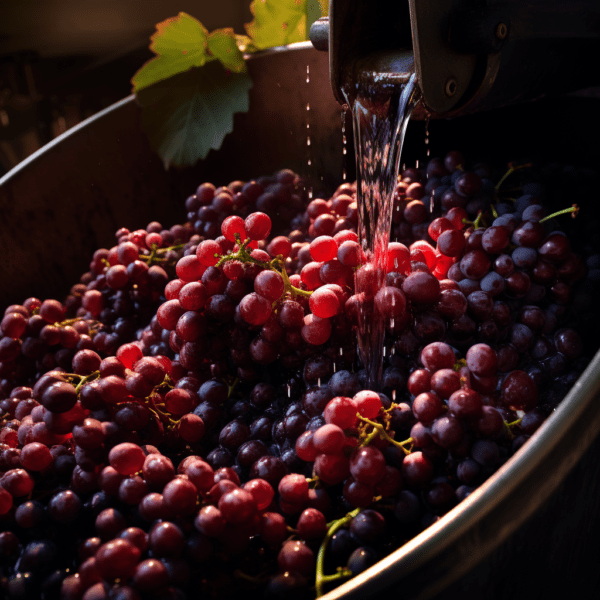
The Art of Blending: A pinch of red in a sea of white
There’s a certain magic that happens when two worlds unite, and nowhere is this more evident than in the art of blending in winemaking.
Blending, as its name suggests, is the process of meticulously combining white and red wines.
It’s like a painter mixing colors on a palette, where each shade adds a distinct nuance, ultimately producing a masterpiece.
In the world of rosé, this method is not the norm for still wines.
However, when it comes to bubbly, blending takes center stage, especially in the revered regions producing rosé champagne and sparkling rosé wine.
The objective is clear: to achieve a delicate balance, harnessing the crispness of white wine with the bold character of red.
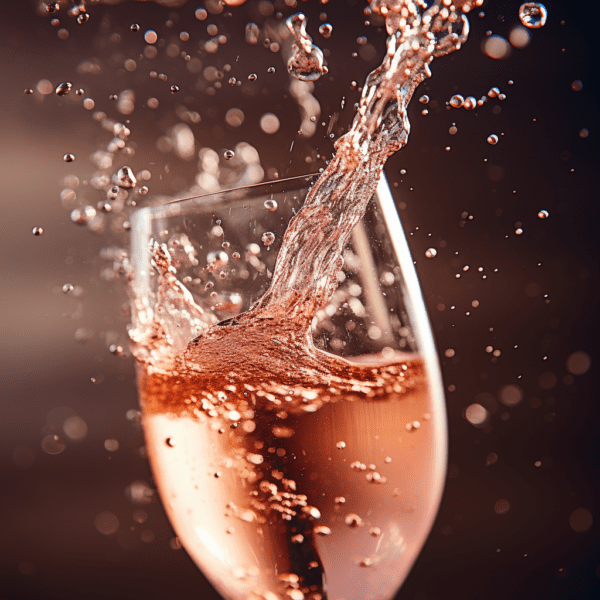
One might wonder, why blend?
The answer lies in the glass.
With blending, winemakers can craft a rosé with a broader spectrum of flavors and aromas.
It introduces an added layer of complexity and allows for a more controlled and consistent profile.
Renowned sparkling wines, like those from Champagne, often employ this method to produce their signature rosés.
For instance, the prestigious Ruinart’s rosé Champagne showcases this technique beautifully, with a foundation of Chardonnay brightened by just a touch of red Pinot Noir.
When you sip a blended rosé, you’re experiencing the culmination of two distinct wine personalities, seamlessly melded into one harmonious pour.
It’s a testament to the winemaker’s prowess and vision, ensuring each glass is a delightful symphony of flavors.
Deciphering Rosé Characteristics on the Fly
The challenge of pinpointing sweetness without a taste test
Rosé’s sweetness is a mystery till the first sip.
Sometimes, a little bubble might hint at the wine’s nature.
It’s a delightful puzzle for your palate.
Pricing the fun: What to expect when purchasing a bottle
Thinking of price tags?
Most rosés are easy on the wallet.
Expect to spend between $10 and $20.
Fun doesn’t always come with a hefty price!
Pairing Your Rosé: Elevate Every Bite
Matching your meal with the perfect rosé shade
Rosé loves company.
For dry rosés, think fish or grilled chicken.
Sweeter ones?
They’re barbecue buddies!
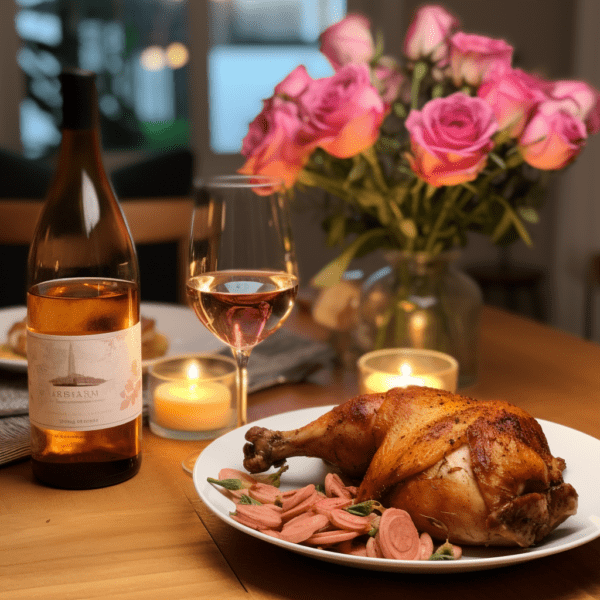
Dessert debacle: Why rosés may not be the best choice post-dinner
Love desserts?
Rosés might not be your go-to.
Their sweetness clashes with sugary treats, overshadowing their charm.
Mastering the Rosé Experience
Setting the scene: Ideal temperatures and occasions for a glass of rosé
Chilled or frozen, rosé is a versatile gem.
Perfect for picnics or lazy brunches.
Just pour and enjoy!
The art of sipping: From the right glass to the perfect pour
Serve rosé in a white wine glass, half-filled.
Hold the stem, sip, and let the magic unfold.
FAQ:
- What are the primary flavors in rosé wine?Red fruits, flowers, citrus, melon, and sometimes a green note like celery or rhubarb.
- How is the color of rosé determined?By the duration red grape skins are in contact with the wine juice.
- Are all rosés sweet?No, rosés can range from very dry to sweet.It’s a matter of grape type and production method.
- Is rosé wine expensive?Most rosé wines are affordable, typically ranging from $10 to $20.
- Can I pair rosé with spicy food?Yes, especially sweeter rosés.
They beautifully balance spicy dishes.


